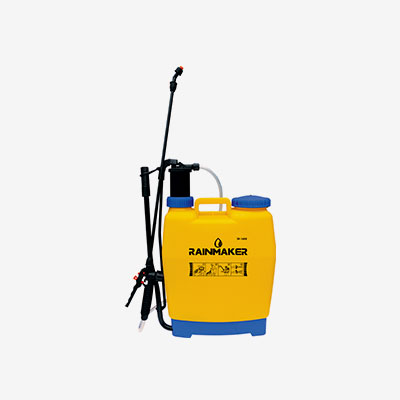A manual sprayer is a type of agricultural sprayer that is operated by hand. It typically consists of a tank, a pump, a hose, and a nozzle. The operator manually pumps the pump handle to create pressure in the tank, which forces the liquid through the hose and nozzle and onto the crops.
Manual sprayers are often used for smaller agricultural operations or for spraying smaller areas, such as gardens or orchards. They can be powered by either a hand pump or a backpack, and are commonly used to spray pesticides, herbicides, and fertilizers.
Some of the advantages of manual sprayers include:
1. Affordability: Manual sprayers are relatively inexpensive compared to other types of sprayers, making them a good option for farmers on a budget.
2. Portability: Manual sprayers are lightweight and portable, making them easy to move around the farm. They can also be carried on the back like a backpack, which provides added mobility.
3. Simplicity: Manual sprayers are easy to operate and maintain. They do not require any external power source and can be easily repaired if they break down.
4. Precision: Manual sprayers allow for precise spraying, which reduces the number of chemicals needed and can improve crop yields. The operator can control the pressure and flow rate of the liquid, and adjust the spray nozzle to provide a more targeted application.
However, manual sprayers also have some limitations. They can be physically demanding to use, which can be a challenge for operators who need to spray large areas or for extended periods of time. They also have a limited spraying capacity, which may not be sufficient for larger operations.
Manual sprayers are a cost-effective and simple option for smaller agricultural operations or for spraying smaller areas. They offer precision and portability, but may not be practical for larger operations or for spraying larger areas.










